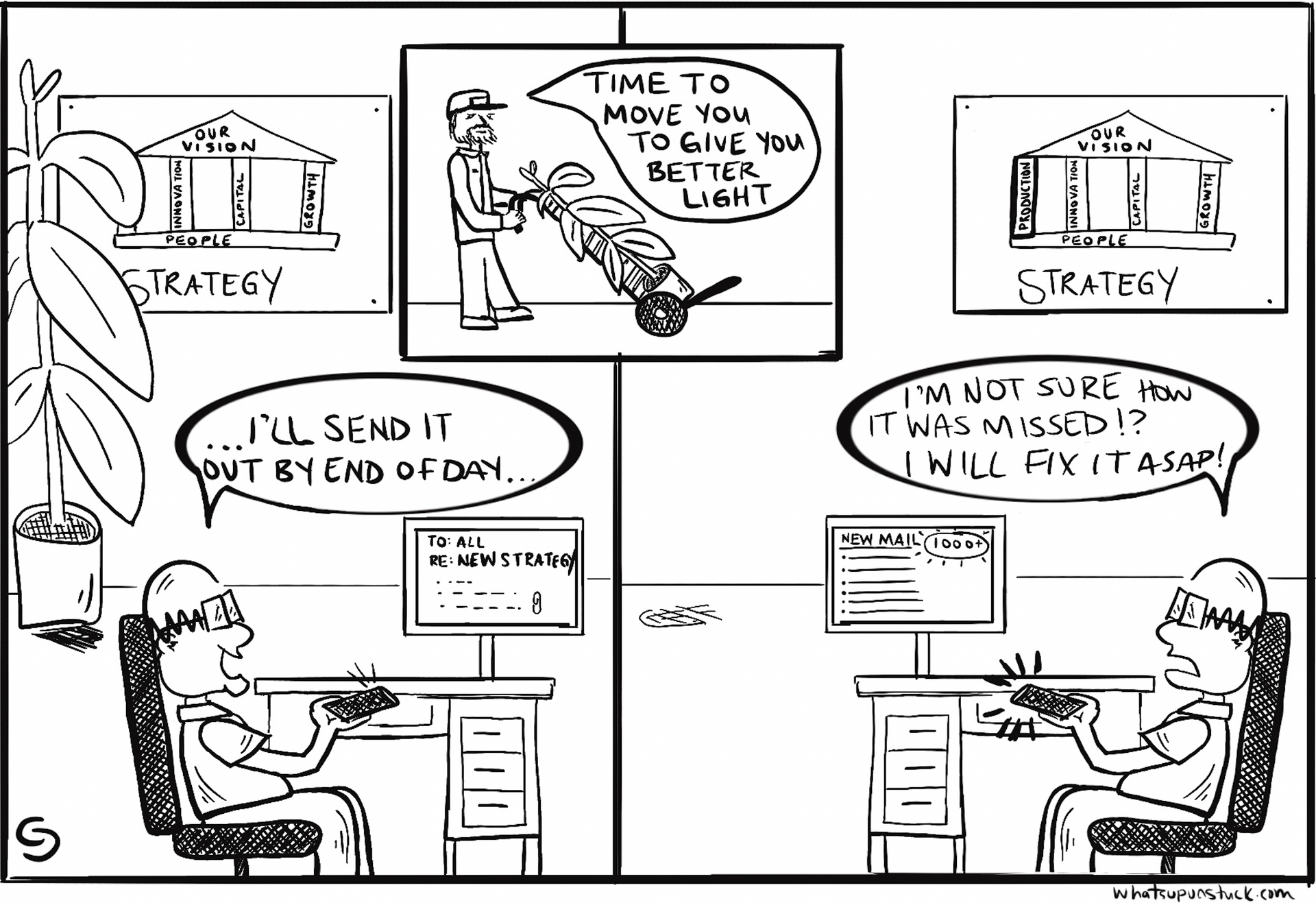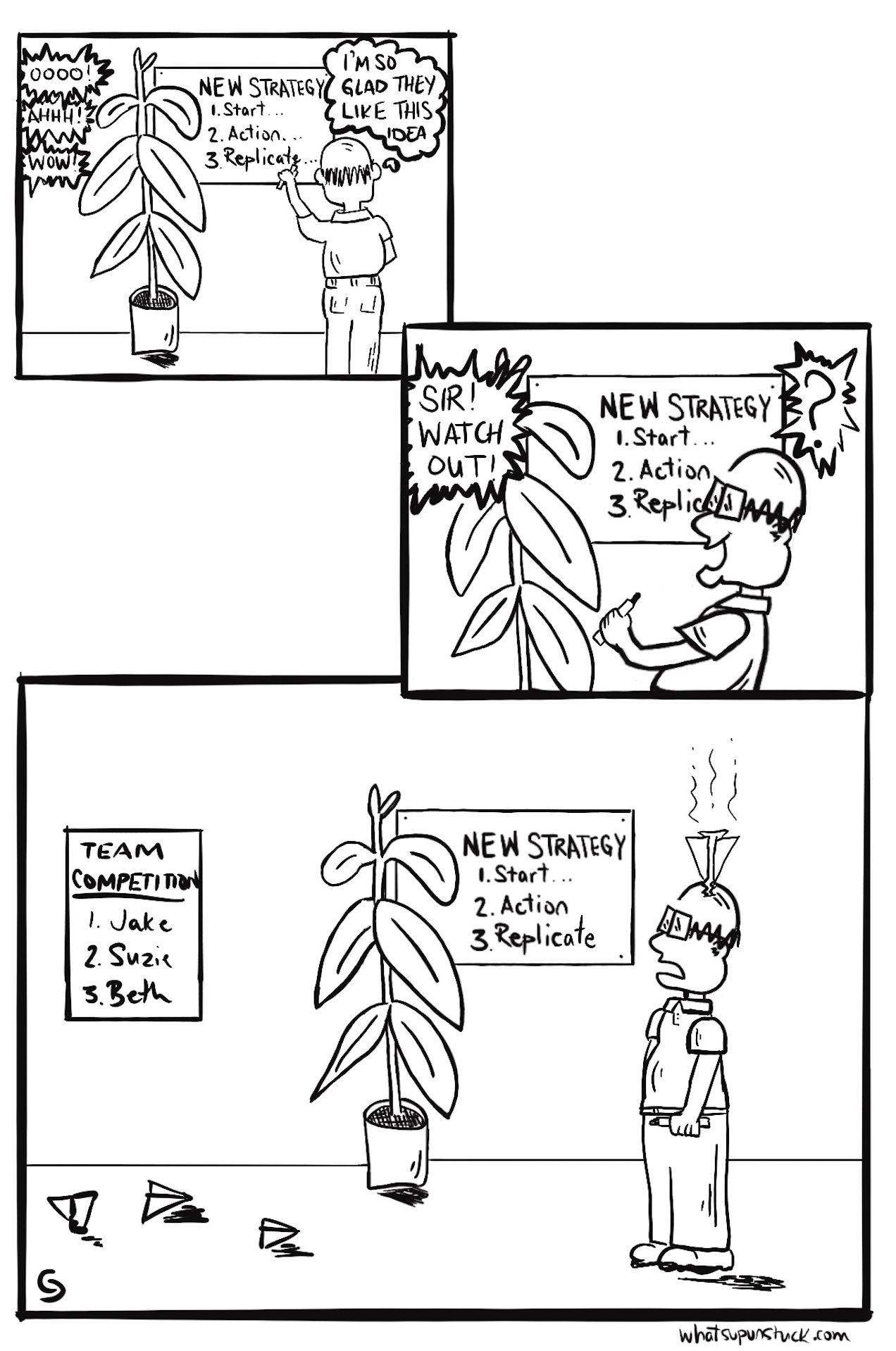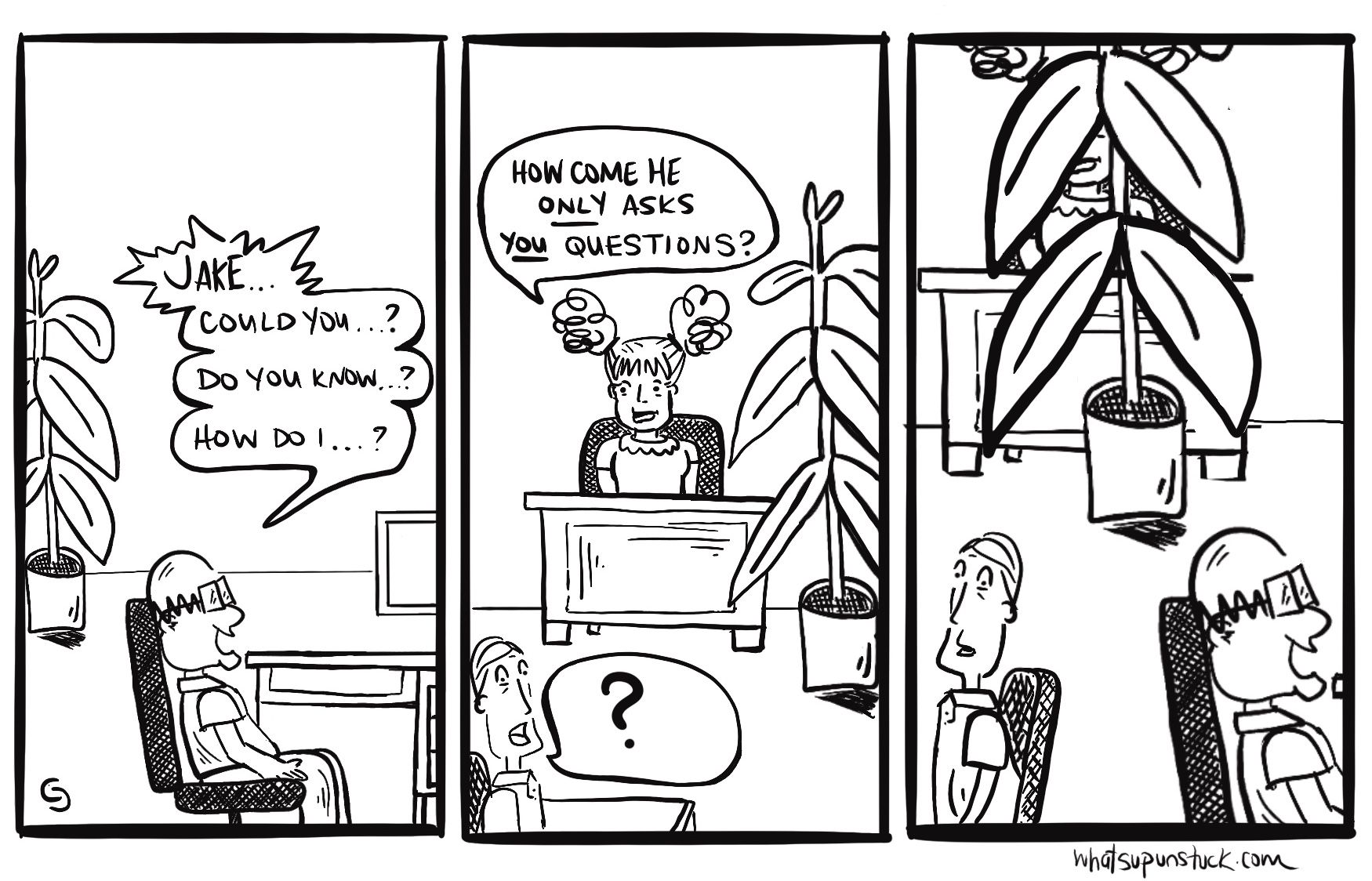Closing Up Your Blind Spots
Do you ever feel like you are in the dark when it comes to leading your team or company? Maybe it’s time to take a fresh look at what is right in front of you. Look at the big picture – not just the small details and you may see what others don’t: opportunities and solutions that could be the missing piece in your leadership puzzle.
Ready for a fresh perspective? Take those blinders off and start looking around. It's time to lead with clarity!
Blind Spots | Things You’ve Forgotten, Missed, or Misinterpreted
When it comes to leadership, blind spots can be deadly. They are those pesky little areas of ignorance that keep us from understanding how our own decisions will affect others. Fortunately, we can learn to recognize and address these blind spots. From asking for feedback from colleagues to taking classes or reading books on the subject, we can work toward transforming our blind spots into areas of knowledge and proficiency.
Ask yourself: What blind spots might you have in your current knowledge or skill set? It could make all the difference when tackling challenging tasks or problems.
Recognizing our blind spots can allow us to better absorb information and make informed decisions about how to move forward with a task or project.

For example, maybe your team doesn't understand where you’re coming from as you explain a strategy or priority. In these instances, it is important to be open-minded. Strive for an outcome that can benefit everyone involved, rather than one that only serves your agenda (an all too common occurrence for those in leadership roles). Embrace the idea of being wrong and recognize that there are multiple perspectives to any situation!
When dealing with blind spots, it’s important to allow yourself to take in new information. This will help you make better decisions that benefit everyone involved instead of focusing solely on your own goals. Ultimately, acknowledging our blind spots can be a scary but highly rewarding process. It allows us to see the bigger picture.
Once you’ve acknowledged your blind spots, it’s time to gather as much information as possible, discover what resources might help, and determine the best way to move forward. Several recommendations include:
- Stereo rule: If you hear something from two or more people, they may have identified something you didn’t. Step back and consider their concern. It could be valid.
- Challenge yourself: Seek out constructive criticism from colleagues, partners, or advisors. Ask for advice on how you might improve your work..
- Acknowledge your blind spots: Everyone has them! Do your best to not get defensive when yours are pointed out.
- Find someone who disagrees with you: It can be tough to hear opinions that conflict with our own; however, there is value in being willing to seriously consider different points of view.
- Expand your horizons: Tap into mentors and industry leaders that you trust and respect for their opinion. Additionally, reading books from outside your industry can broaden your perspective and provide some insightful nuggets of wisdom.
By identifying and addressing blind spots, you'll be ready for new levels of success. It may take some work, but it will be worth it. So go ahead and take a closer look. You never know what gems of insight they could bring. Good luck!
Blindsided | Things You’re Unaware Of, Were Caught Off Guard, or Don't Want to Know
We’ve all been there. You thought things were going one way, but they take an unexpected turn, leaving you feeling blindsided.
Whether it’s a surprise criticism from a colleague, being passed up for a promotion at work, or learning someone has been gossiping about you, the emotional impact of being caught off guard can be tough to deal with.
As leaders, trusting too much or not picking up cues from someone can blindside you, making it difficult to cope with the unexpected and unknown. It’s important to stay informed and be deliberate in your decisions.
So how do you prepare for something that may or may not happen? First, don’t be afraid to ask questions, challenge assumptions, and get input from trusted sources before making decisions. The key is to stay alert and be aware of the signals around you.
The sooner you take control of the situation, the better. Don't let someone else dictate your destiny.
Strategies to Prevent Being Blindsided
- Access potential solutions (beyond just ideas).
- Create healthy boundaries and remove obstacles sooner rather than later.
- Energize people by involving them more often and in new ways.
- Create and demonstrate fresh thinking and bring others along with you.
- Be willing to take risks, explore options for solutions, and bounce ideas off each other.
- Pay attention to cues. Stay informed about what’s happening in your industry, organization, and team.
- Lean into change with curiosity. Don’t shy away from it.
- Ask questions by speaking to people outside of your circles. Find out what they’re seeing and hearing. Experiment with different approaches to problem-solving (i.e., agile, design thinking).
- Be open to feedback and constructive criticism.
- Create contingency plans for the potential risks you face in your organization.
- Actively canvas for ideas and feedback from your team.
- Find the “and” between your leadership and compassionate colleague roles. Striking a balance between responding to hard decisions while also showing empathy is essential in developing a successful team.
- Don’t forget to have some fun! Sometimes it can be the best line of defence against getting blindsided.
Being blindsided can be a difficult but powerful experience. Try to take it in stride and remember the lessons you learn from it. By being prepared, you can manage any challenging situation with poise.

Being Blind to Nuance | You Can’t See What You Need to See
Leadership is not a one-size-fits-all practice. There are shades of gray to every interaction, and being blind to the many ways of processing information can lead to a lack of two things: understanding and creative exploration.
While busy is the baseline these days, it’s important to take the time to stop and consider a variety of approaches to problem-solving. Not only will this help you become more thoughtful in decision-making, but it also serves as an opportunity for team members to learn new methods of thinking.
By stepping back and taking off the blinders to nuance, you can:
- Tap into diverse perspectives
- Create an environment of collaboration
- Include more people in decision-making processes
- Identify hidden talents that could transform your team’s output
By taking off the blinders and keeping an open mind, you'll be able to find innovative solutions that will move things forward faster! It will help you foster an environment where people feel safe sharing their thoughts and contributing meaningful insights – things that are essential for every successful leader.
Leaning Into Diverse Perspectives
It’s tempting to shy away from what we don’t understand or are unfamiliar with – but don’t! Take advantage of the collective input from your team. The collective intelligence of diversity will help you find solutions that may have been out of your reach before. By challenging yourself and broadening your perspectives as a leader, you can identify new solutions to problems – ones that would not have been possible had you remained stuck in your blind spot.
Being blind as a leader doesn't mean you are helpless; it means that with the right approach, you can gain insights into how to break through your own blind spots. Awareness of your own blind spots or biases is incredibly important for successful team collaboration.
Leaders who recognize the power of self-reflection and vulnerability can begin to build a foundation of trust with their team.

When you embrace complexity and consider new perspectives, you can better:
- Challenge the status quo
- Open yourself up to being more present
- Generate innovative, dynamic solutions
- Help your team step up and demonstrate their abilities.
Leadership is about making the right decisions that will benefit everyone in the long run. When we surrounded ourselves entirely by those who look, think, and act like us, it can make us blind to diverse perspectives. We need to look for ways of leading with greater inclusion and appreciation of all types of diversity – whether it’s gender, race, age, thought processing or background. Judging others' feelings with your own processing measuring stick will increase miscommunication and only create more blind spots.
You have the opportunity to lead with courage, creativity, and innovation. Don’t be afraid to take a step into the unknown. What lies ahead could be truly illuminating!






